While soaking up the streets of Montreal, I had been very excited to visit the Leica Boutique. I was eager to browse their collection and chew the fat about cameras with exotic geeks from another continent. After much photographic small talk, and some smug acknowledgment of our love for German brass and glass, I decided to pick up a copy of Joel Meyerowitz’s a Question of Color (that’s Colour if you don’t speak American).
I was intrigued to read about an artistic landscape that turned its nose up at colour film. Labelling it the medium of the tourist, colour stocks were reserved for Christmas, holidays and the like. Considering that colour (save a hand full of pricy examples) is the go to for all modern photography equipment, it was refreshing to read about a time where the opposite was true. Nowadays black and white is a conscious artistic choice, as opposed to the necessary option; a far cry from the monochrome landscape before colour film was popularised.
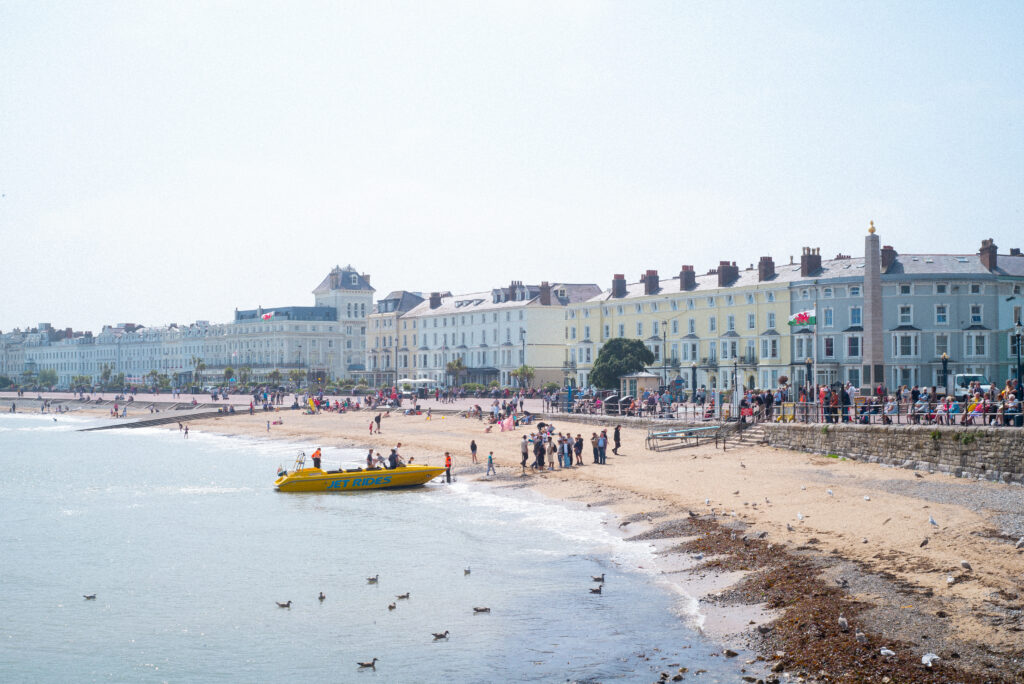
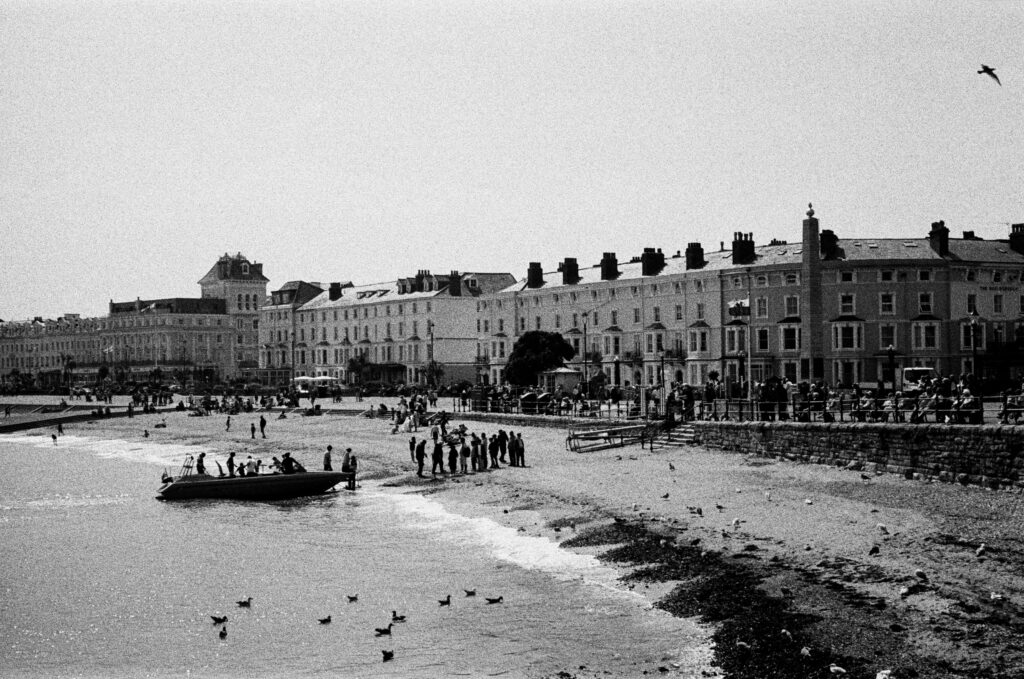
Meyerowitz set out to shake up the zeitgeist of the world’s photographers. During much of the 1960s, he carried two bodies; one loaded with colour stock, and the other with a monochrome option. He spent years dual wielding in this way and as a result, he played a crucial role in paving the way for the hue and saturation we take for granted in today.
Over the years I have shifted somewhat in my taste, opting for colour only when it serves my narrative, defaulting to black and white in pursuit of simplicity and the ability to hide a multitude of sins under the cloak of contrast.
Recently, a new camera joined my hareem, and with it, it brought an idea: inspired by Meyerowitz, I would load the new body with black and white film and shoot it alongside my digital camera. This way, I’d be forced into doing just what Joel did some 60 years ago.
Each day, for the last few weeks, I have left the house equipped with two bodies and two lenses. The Leica M240 and the Zeiss 50mm f/2 Planar T* ZM, was accompanied by my new Leica IIIa and the dumbfoundingly decent Jupiter 8 50mm f/2. My filmstock of choice to christen the IIIa was a roll of T-MAX 400 followed by T-MAX 100, neither of which I had tried before.
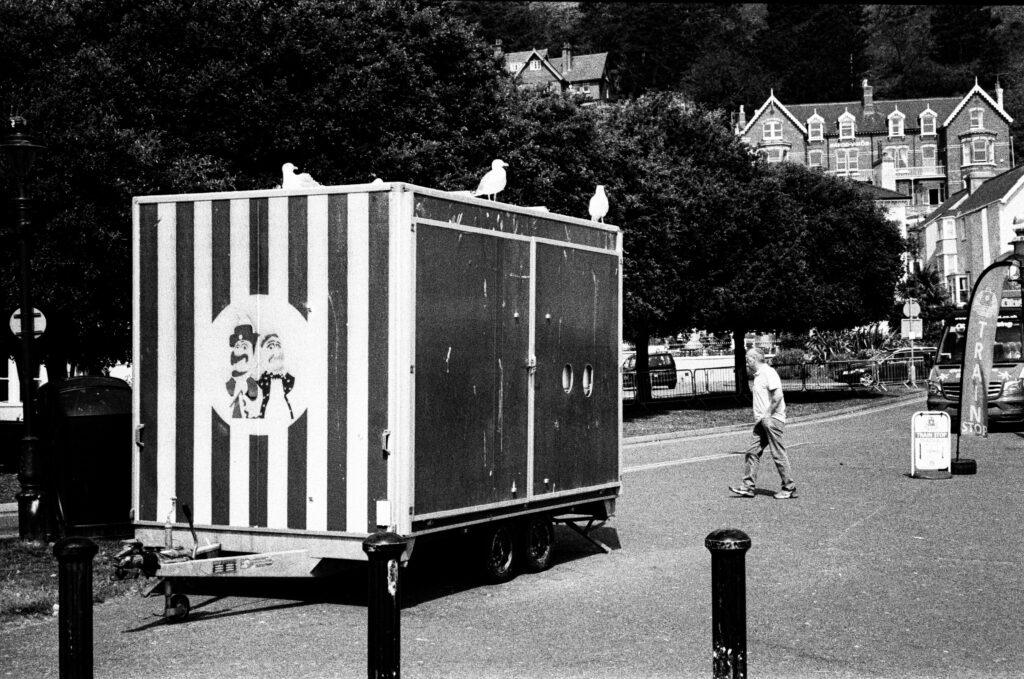
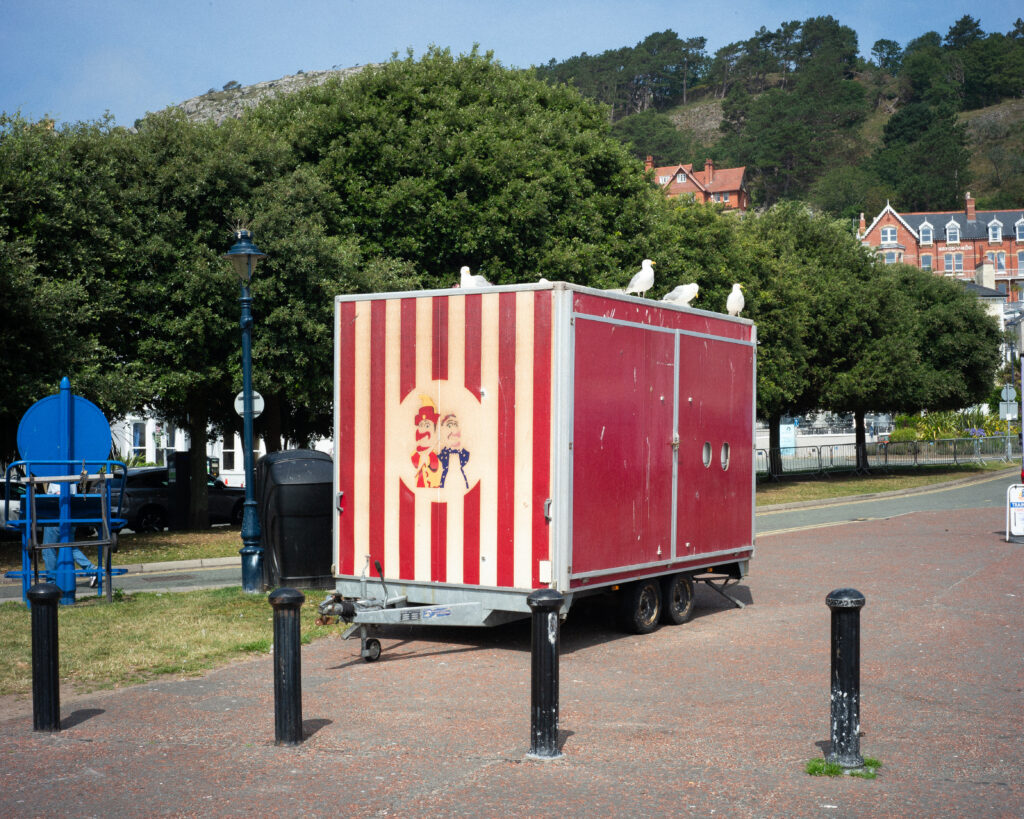
Given the more modern rendering of the digital combo, I’m aware that this comparison is not as scientific as it could be, but I aimed to keep things consistent by matching my focal length and settings as closely as possible to avoid any unwanted advantages on either side.
A few more photographs I’ve made in the last couple of weeks might help you to formulate your own opinion, before I share my conclusions.
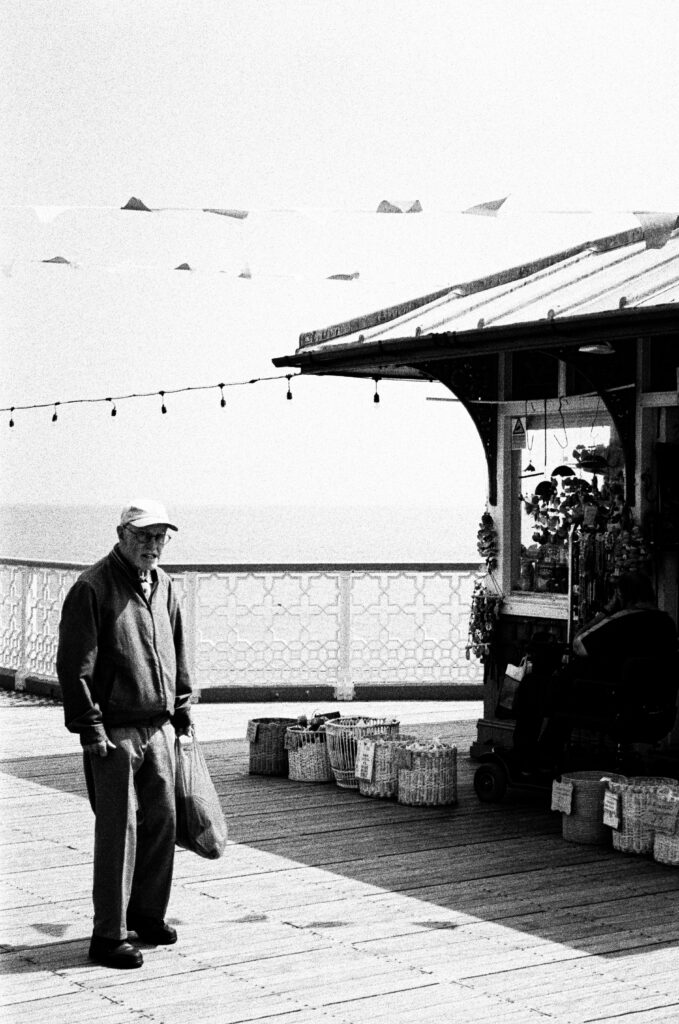
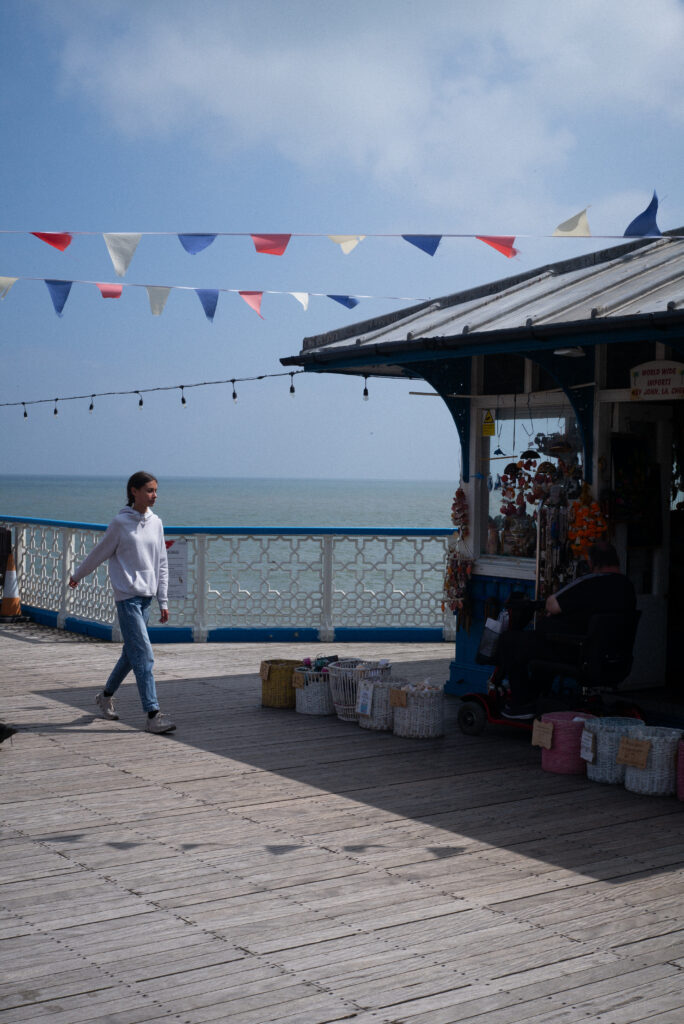
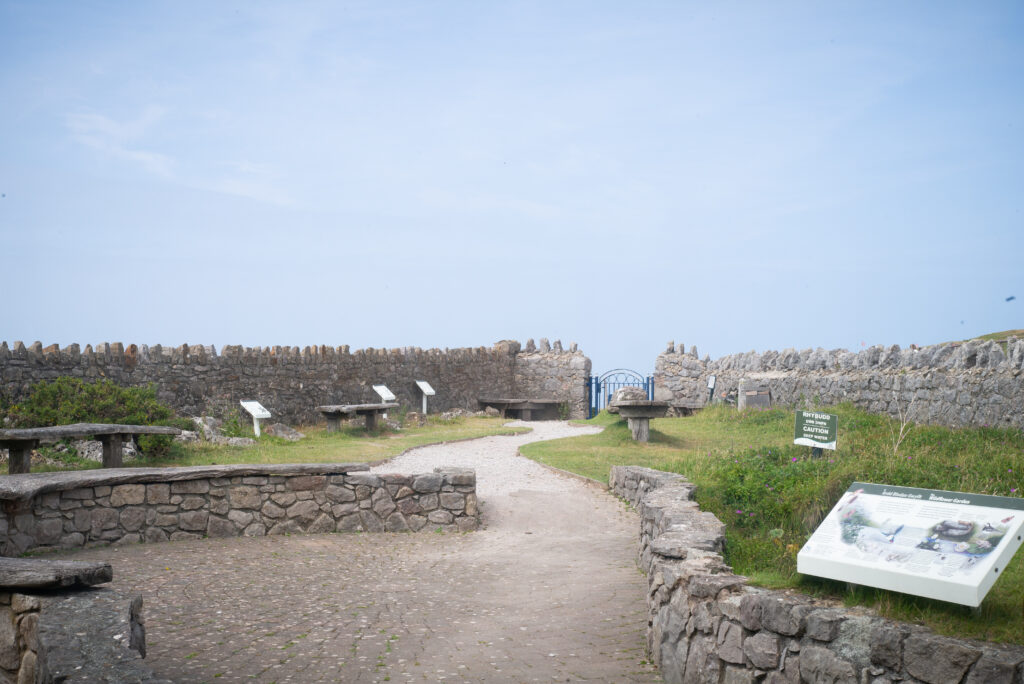
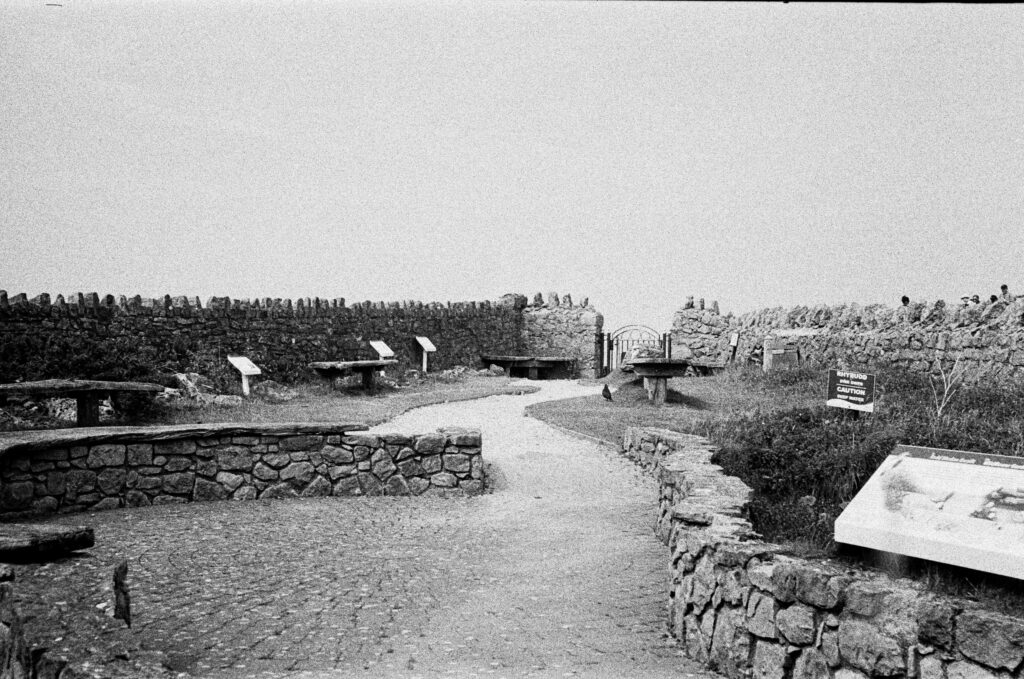
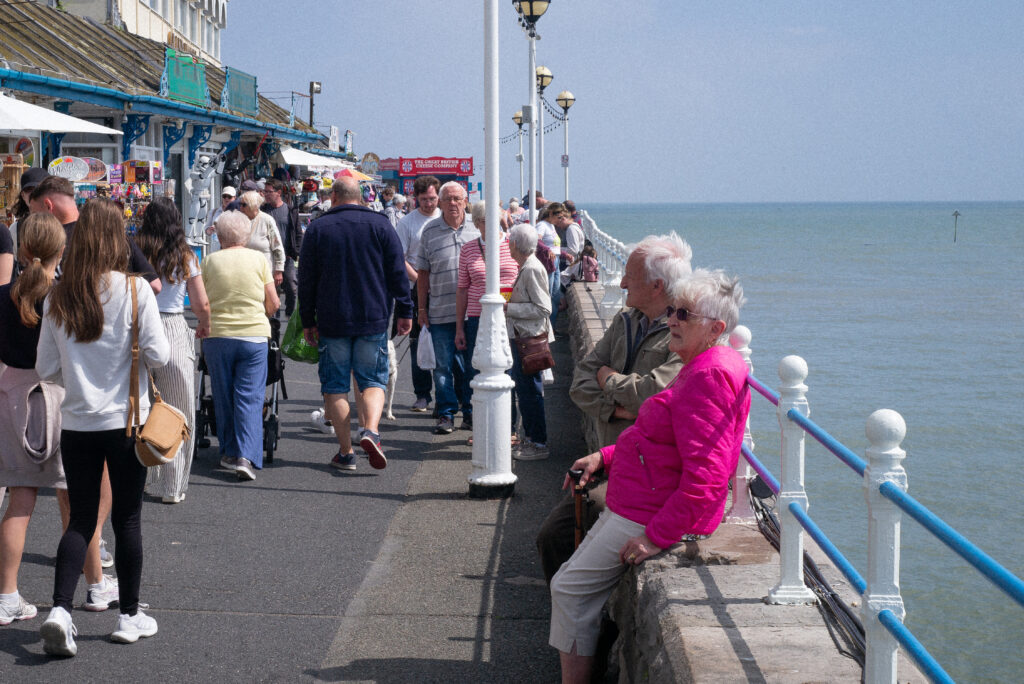
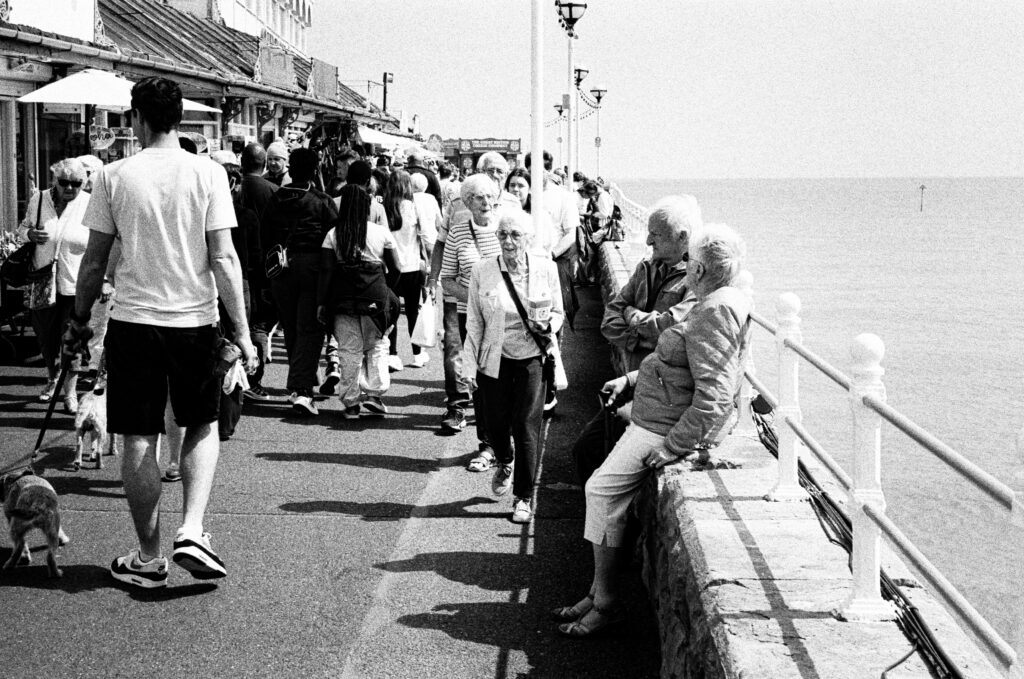
I must admit, I wasn’t expecting any grand revelations from this project – but nevertheless, the intentionality of it has provided valuable practice at a skill I hadn’t yet realised I was missing. I’ve often found myself in one of the following predicaments; commit to black and white, only to be met with the warm, ethereal glow of the summer evening sun, or resolve to using colour and invariably find myself in a tonal smorgasbord of shadow and light.
As an aside, I found the grain on T-MAX 400 a little much. It’s probably not one I would choose to shoot again unless I had something specific in mind. Let me know if you found the same when you shot this stock…
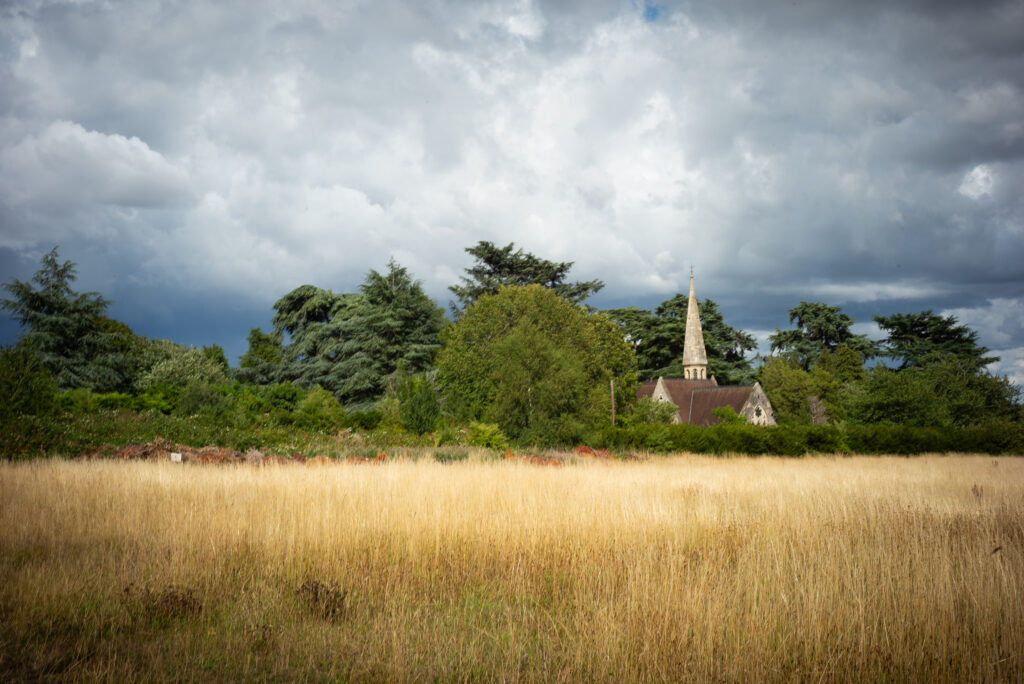
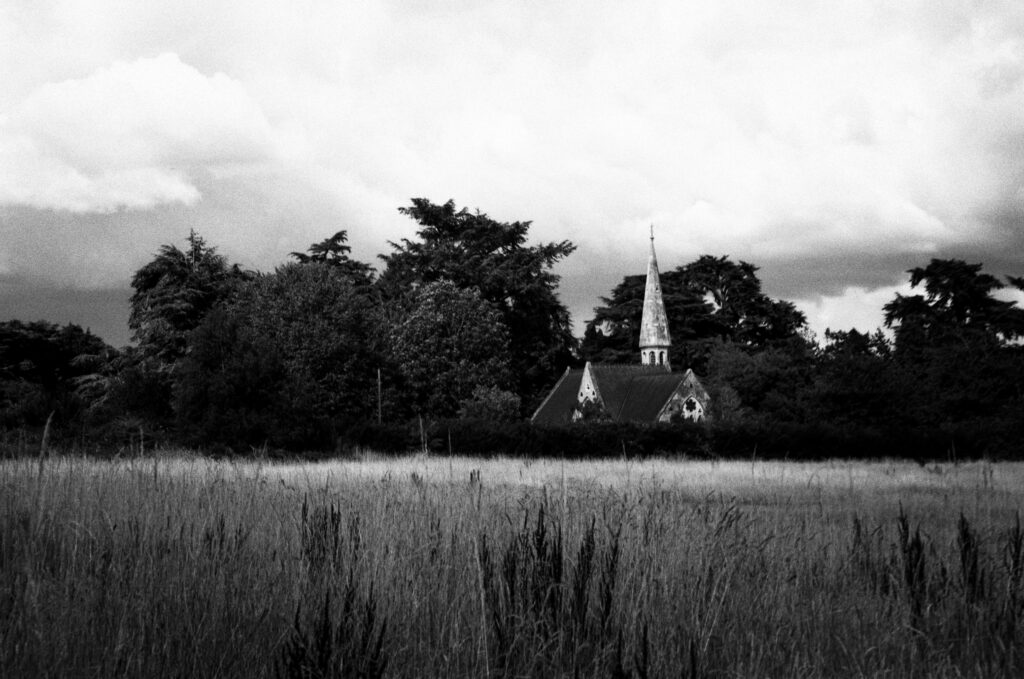
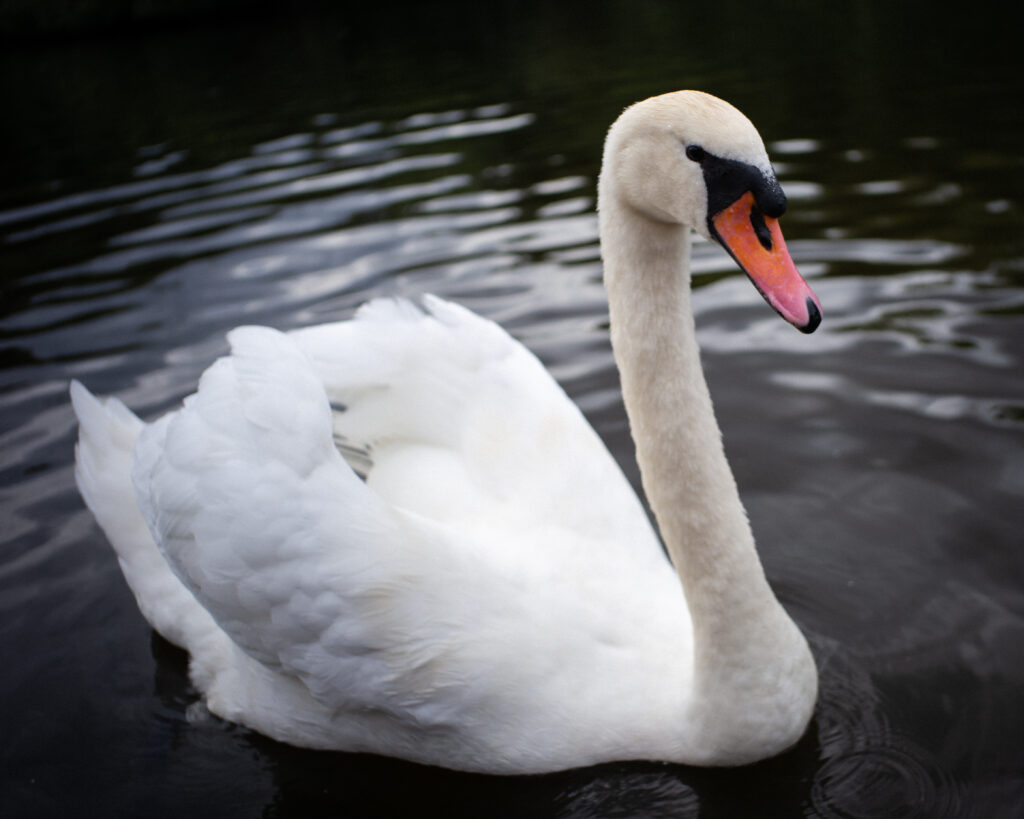
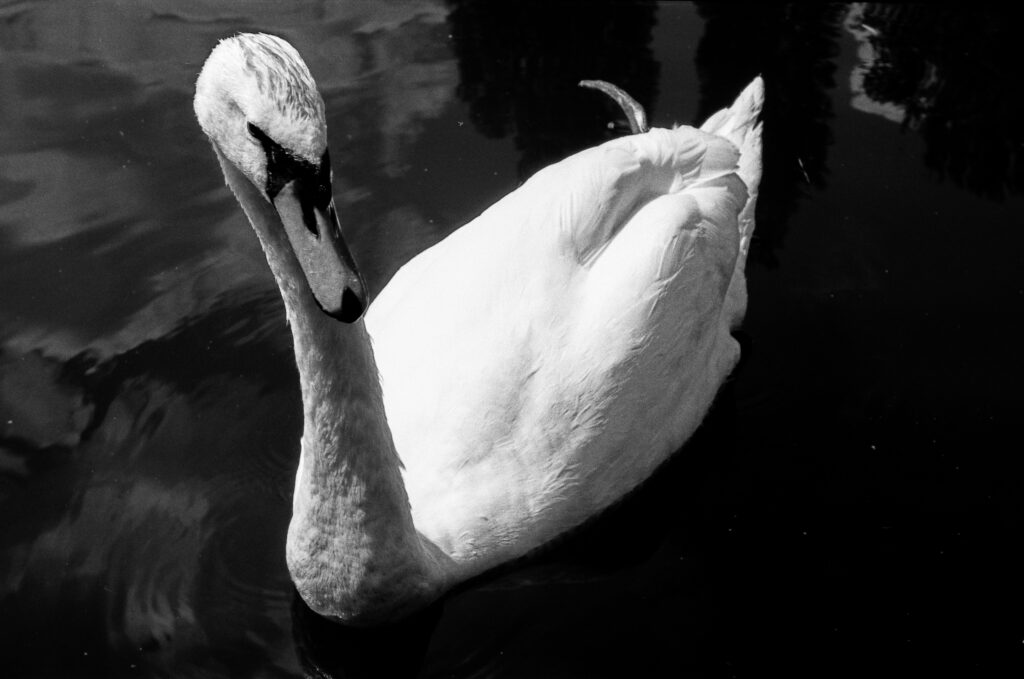
Since purchasing it, the Jupiter 8 50mm f/2 has continued to surprise me. So much so I had a moment of utter madness and considered selling the Zeiss and adapting the Jupiter to my M body as my go to 50mm. Bar some pretty major flaring and ghosting in extreme environments, it has proven quite capable for its meagre price tag.
Pick one up if you’ve got a spare £40 and a hankering for some vintage charm…
Obligating myself to both has given me an idea of how I’d like to shoot moving forward. The more experienced of you may have already been on this journey, or used said experience to deem it a colossal waste of time. I however, had made no such strides until now.
I’ve always shot for the medium, selecting a mood or a feeling and taking the shots that fit this brief. If the scene didn’t fit the stock I was using, it didn’t get shot. During this exercise, I would come across a scene and find a way to make it work within the confines of both colour and black and white. I wasn’t looking for colours, or shadows to fit a brief, I was trying to find compositions that worked regardless of which camera I picked up first. Over time, and with some practice, I think this strategy could lead to some stronger compositions, leading me to tell stories with substance rather than the sharp images of fuzzy concepts we’ve all heard so much about.
Importantly, I think I’ve arrived upon a distinction between the message conveyed by colour, or a lack thereof. Colour feels like a moment. An instant. It’s a foliation of time captured and committed to consumption. The photographer’s job is to find a story worth telling, and tell it as it was. Black and white provides a degree of separation; the moment is being shared, but a fragment of it is kept by the photographer. Black and white is distant, yet somehow emotional. It strips reality down to something unencumbered by the visual chaos of vibrance leaving only feeling behind in its absence.
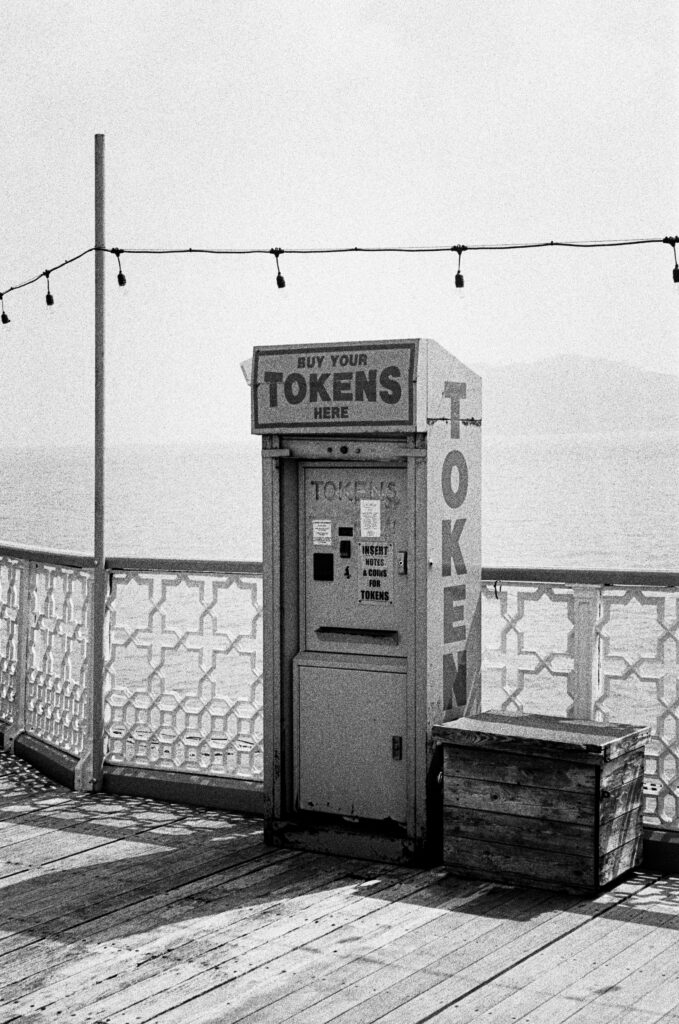
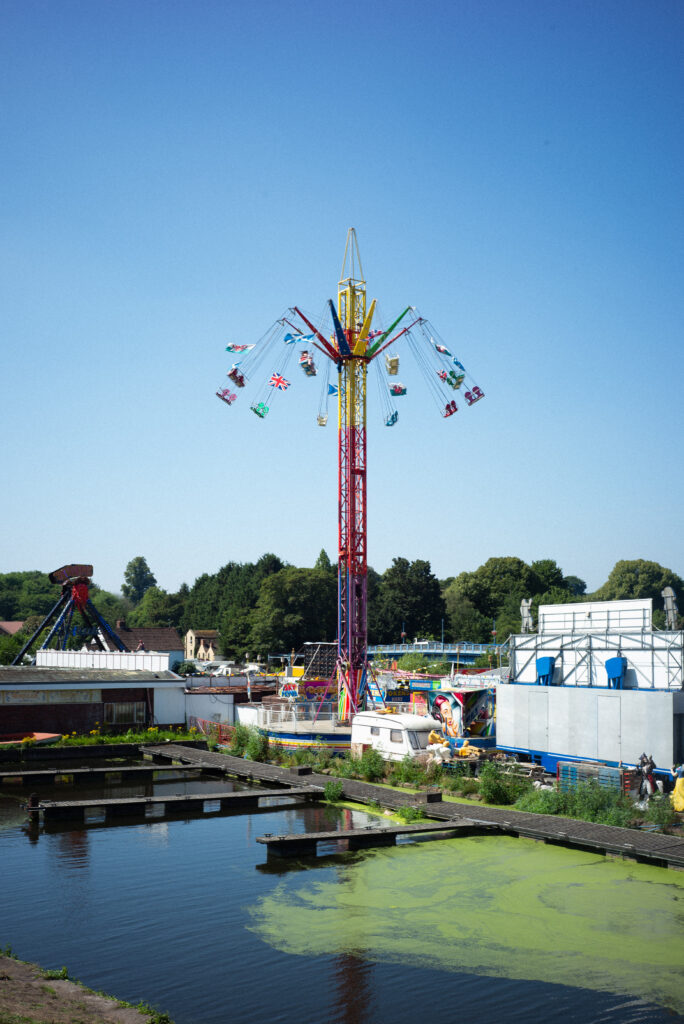
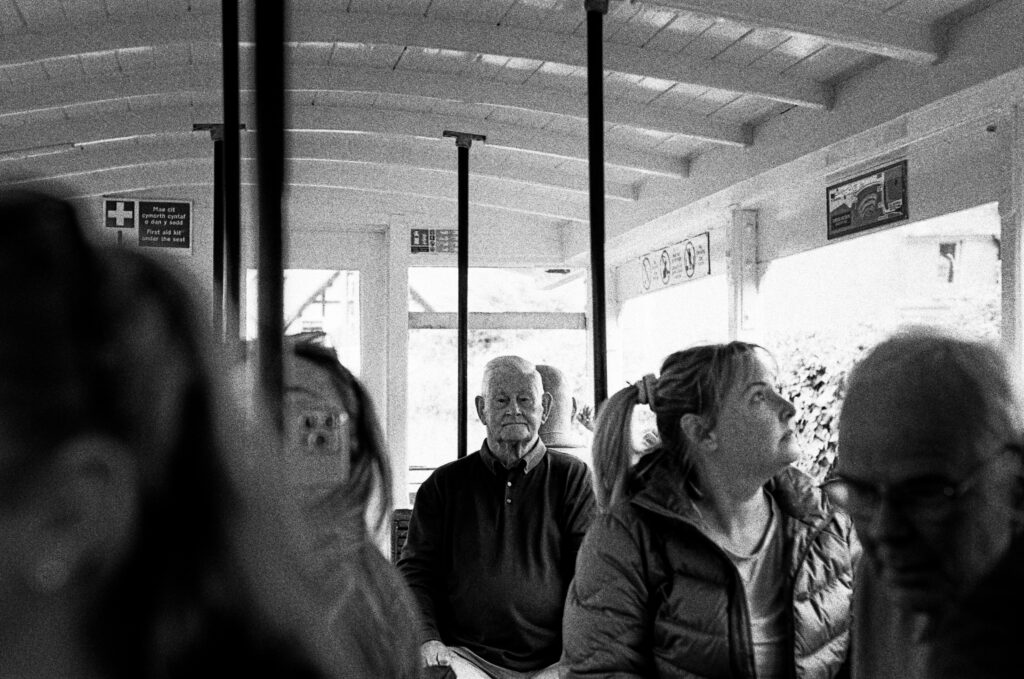

Whatever my preferences, I know I’ve developed a finer appreciation of colour, and been struck by the difference that is achieved when shooting it with intention rather than reflex. I will likely continue shooting this way for the foreseeable future and I’d love to know if you’ve ever tried something similar. Maybe you plan to soon…
Pop over to my Instagram @spectacle_imagery and say hello if you’re in the mood to geek out with me.
Share this post:
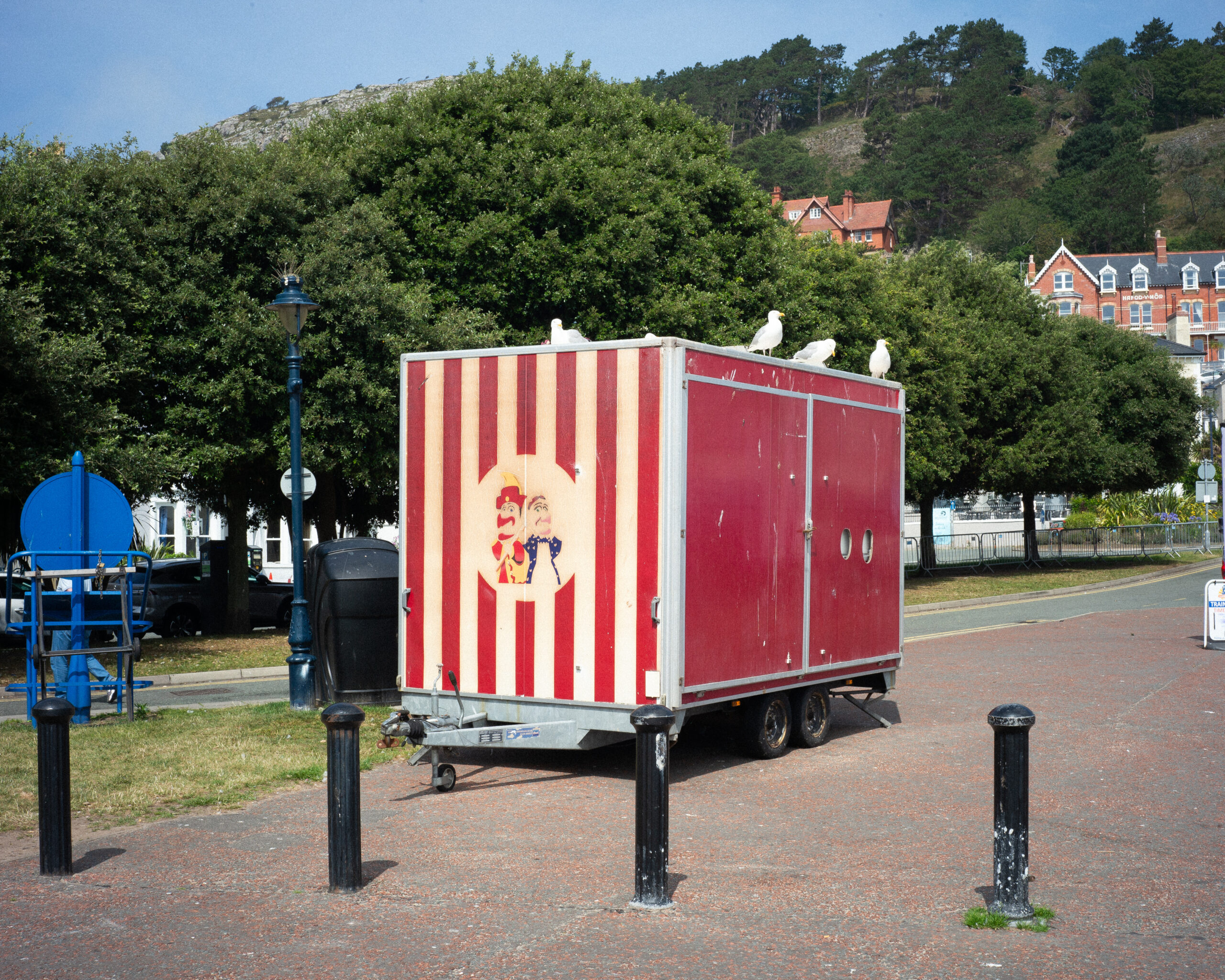
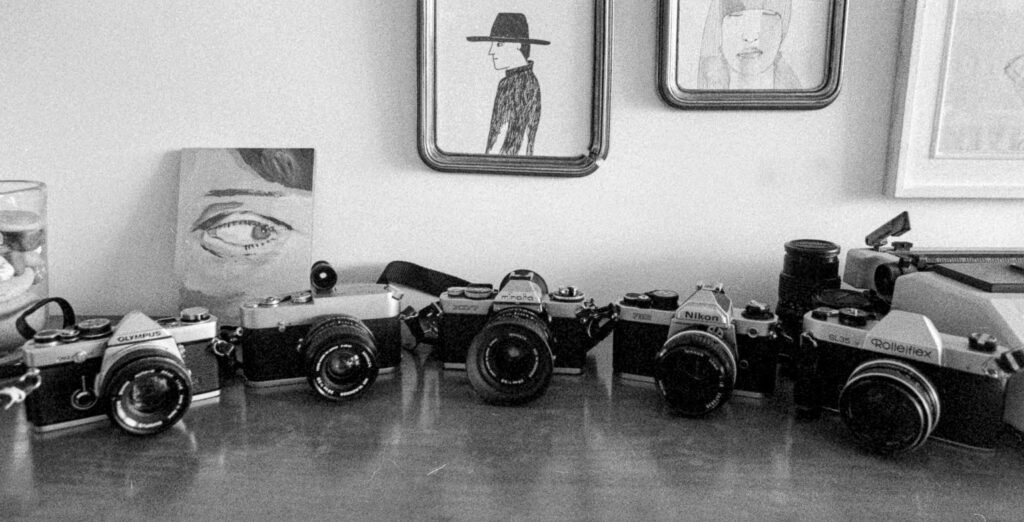
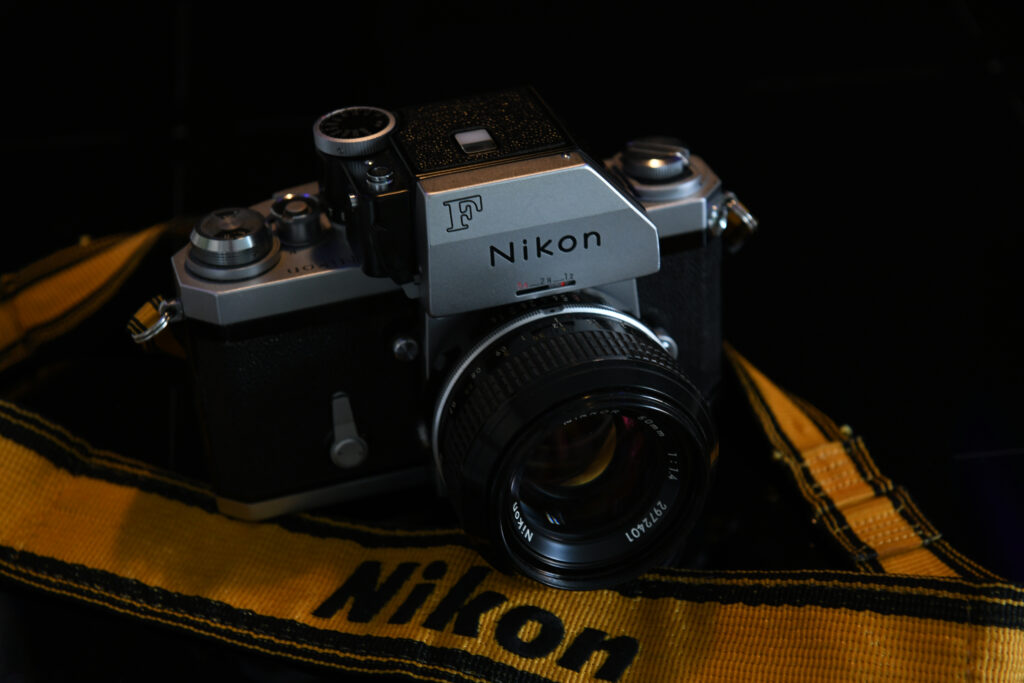
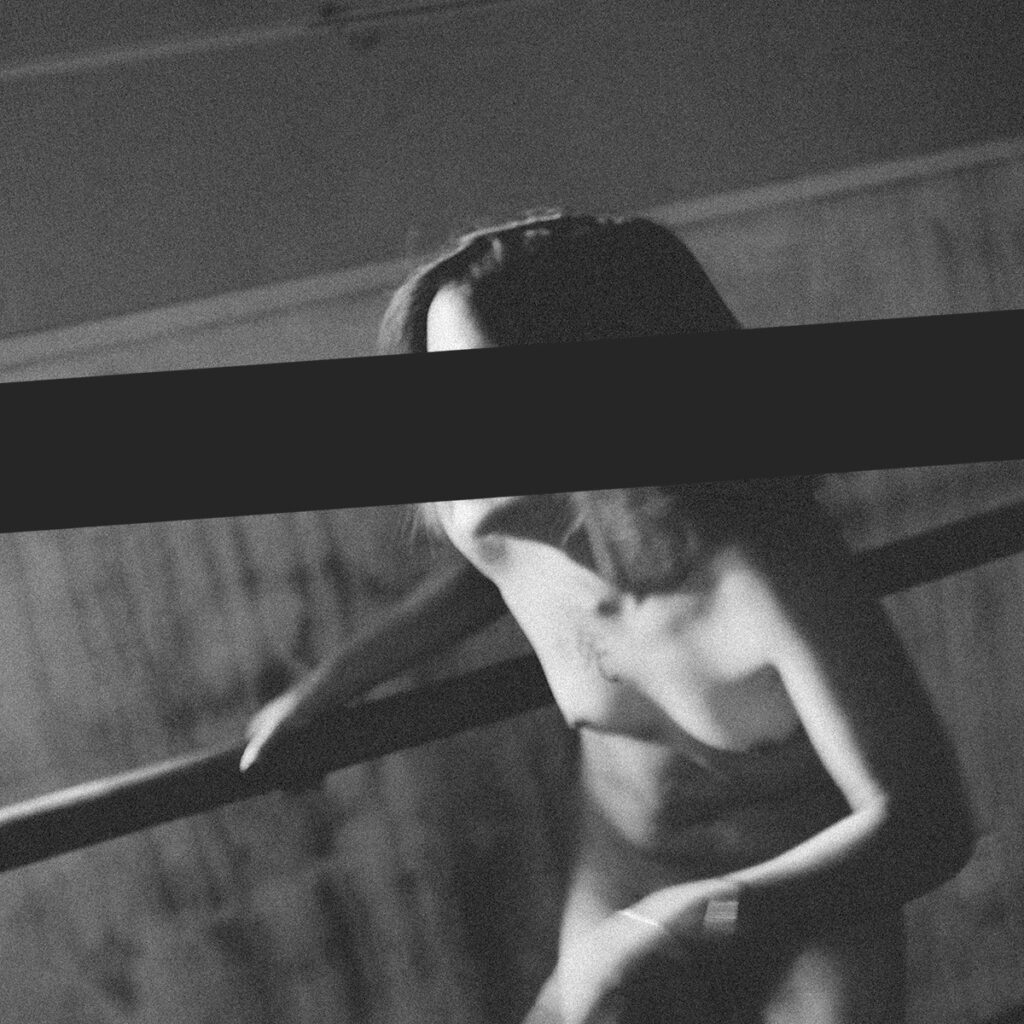
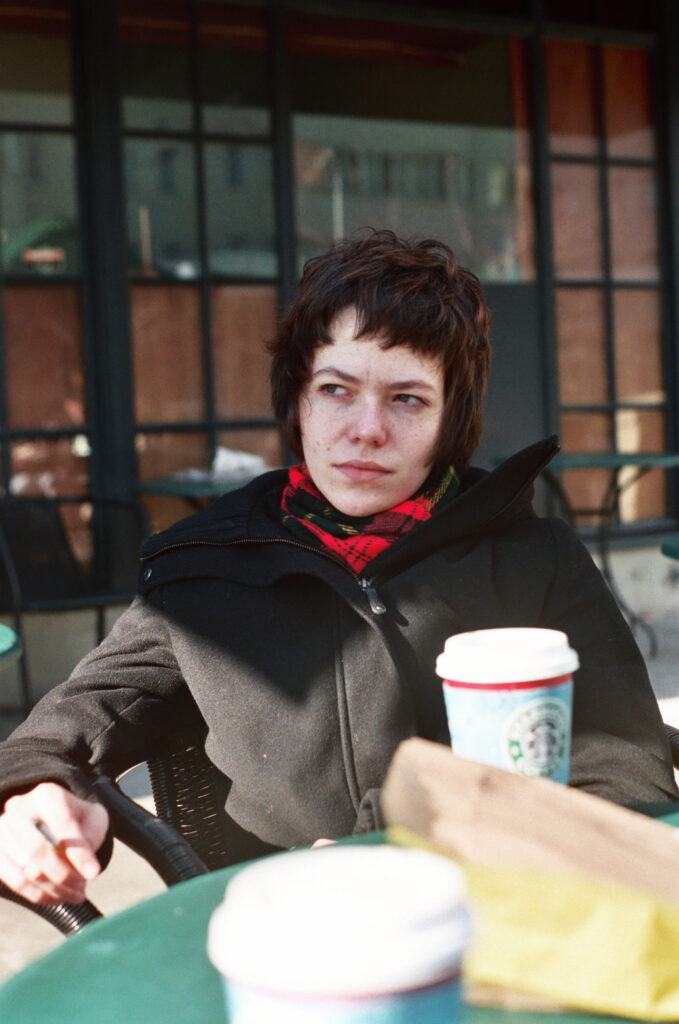
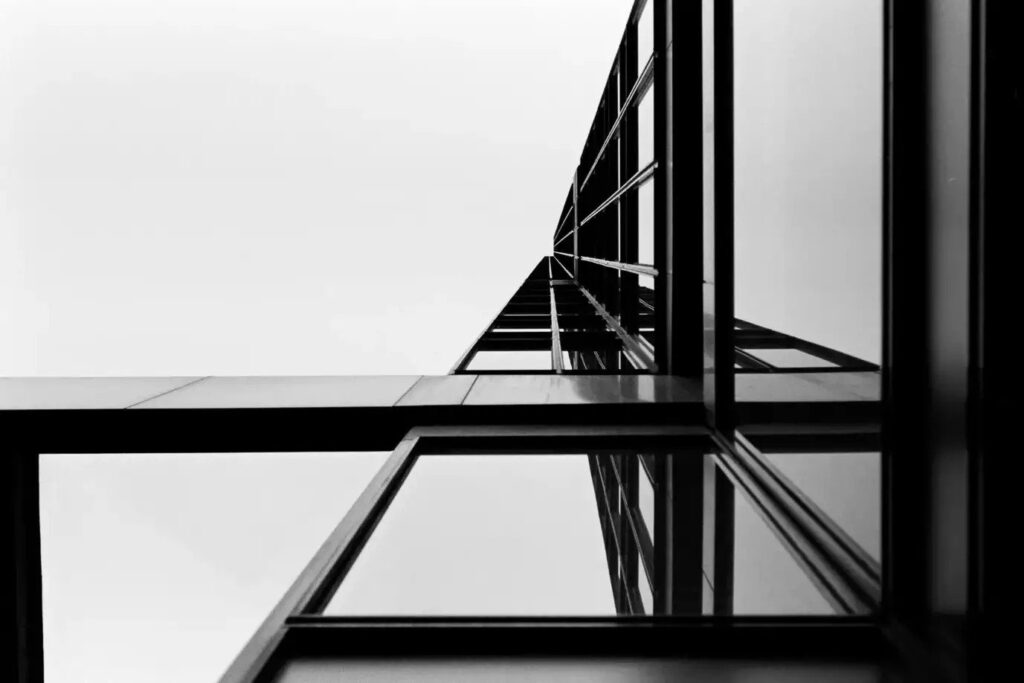
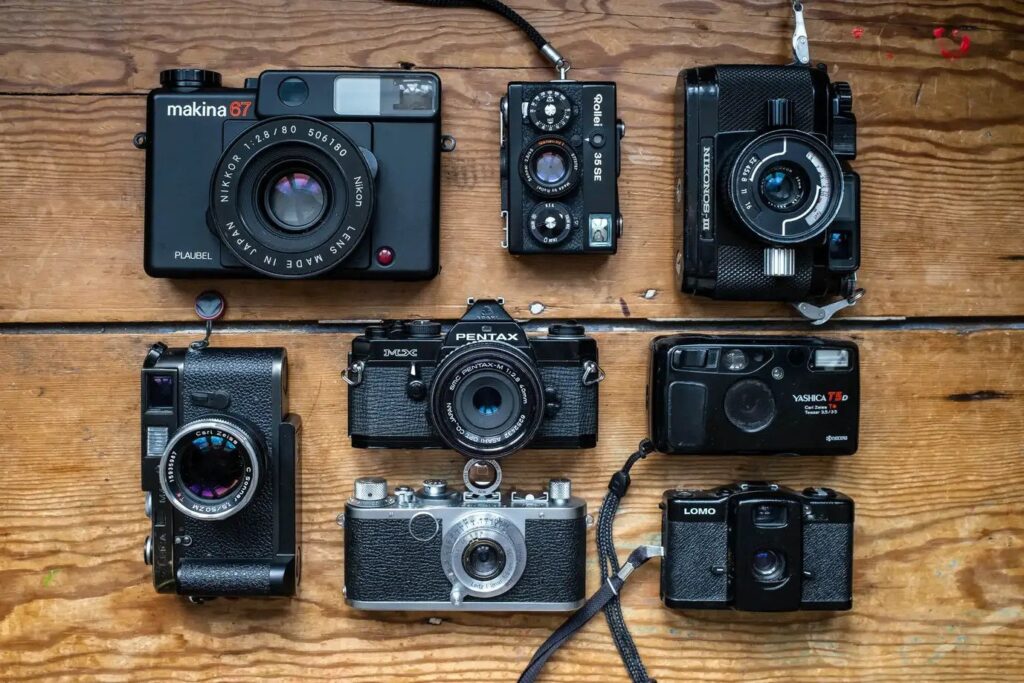
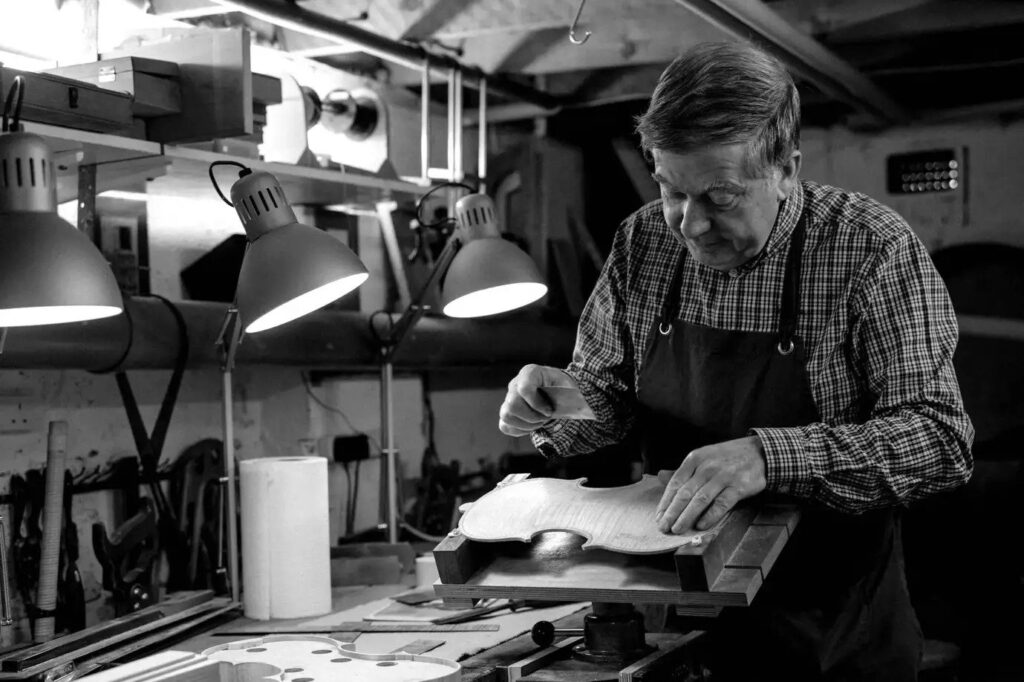
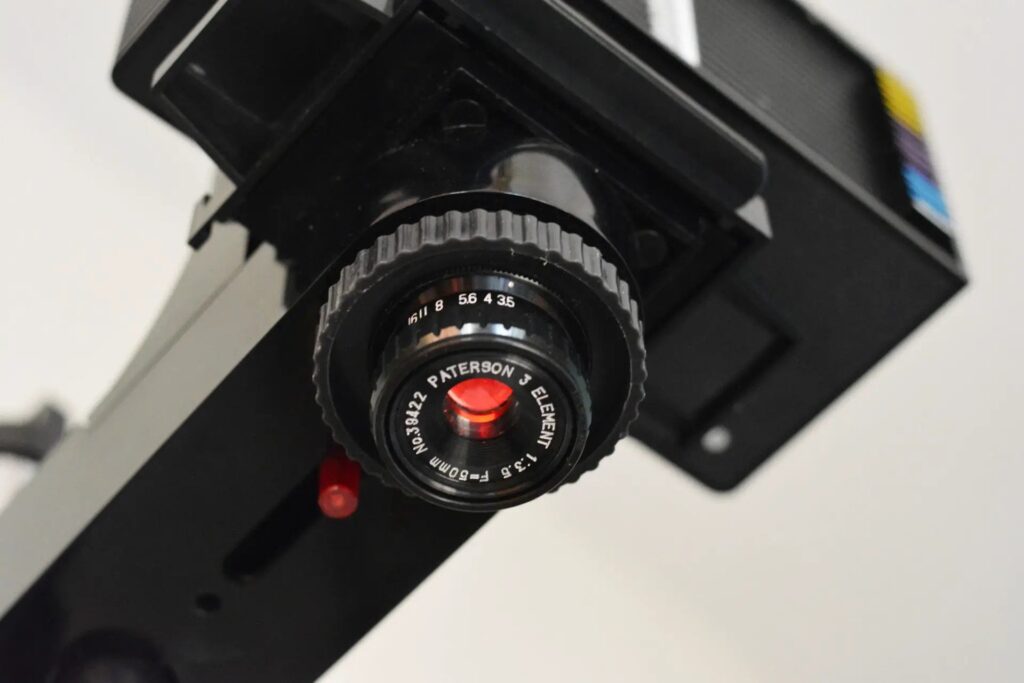
Comments
Sergio Palazzi on A Question of a Question of Colour
Comment posted: 07/09/2025
Comment posted: 07/09/2025
Gary Smith on A Question of a Question of Colour
Comment posted: 07/09/2025
I'm currently doing two comparisons with 2 rolls of color and 2 rolls of b&w in 4 cameras. I find going out with 2 cameras somewhat pretentious. I guess I need to lighten up.
Thanks for your article!
Comment posted: 07/09/2025
Comment posted: 07/09/2025
Ron Duda on A Question of a Question of Colour
Comment posted: 07/09/2025
Comment posted: 07/09/2025
Geoff Chaplin on A Question of a Question of Colour
Comment posted: 07/09/2025
Excellent article, something we should all do. Of course shooting B&W, normally a filter is used. Choice of subject matter and composition are also often very different between the two media.
Comment posted: 07/09/2025
Walter Reumkens on A Question of a Question of Colour
Comment posted: 08/09/2025
Comment posted: 08/09/2025
David Hume on A Question of a Question of Colour
Comment posted: 08/09/2025
Comment posted: 08/09/2025
David Pauley on A Question of a Question of Colour
Comment posted: 09/09/2025
I so appreciate your meditation and your photographic revisiting of Meyerowktz's approach in his early work. It's interesting how radical shooting color was as recently as the late 1960s, notwithstanding photographers like Saul Leiter who were making Kodachrome sing long before the Simon & Garfunkel song. I must say, fully owning my bias for film over digital, that I much preferred your shots from the Leica IIIa/Jupiter combination. A soulfulness maybe? Probably just projection on my part, or confirmation bias if one prefers a less Freudian term. recently acquired a Leica III from 1930 and am Gaga over it. Like you I am tempted to part ways with my M3s and all of my more modern glass...
Thanks for an excellent read and great photos.
David
Comment posted: 09/09/2025
Scott Ferguson on A Question of a Question of Colour
Comment posted: 14/09/2025
This post is very interesting to me. The closest I have come to what you're talking about is shooting with a Hasselblad 500CM, which has the modular system that makes most of the major features of the camera interchangeable, not just lenses, but viewfinders, focusing screens and for the purposes of this discussing, film backs. I almost always take out two backs when I shoot with the Hasselblad, one black & white and one color. However, I've only rarely shot the same set ups side by side that way, but have tended to shoot black and white when I'm feeling in that mood, which is more and more often these days, and color when the subject demands it -- for example I spent a day shooting some gorgeous emerald green alpine lakes near Calgary (Grassi Lakes) on Portra and Ektachrome one afternoon, but saw some amazing and dramatic clouds as I was making my decent and swapped over to Delta 100 and put on a red filter and got one of my better early mountain landscapes -- better than the color shots of the lakes. Similarly, last week I was doing street portraits with the Hasselblad in Washington Square Park mostly on Kentmere 400, but had to switch to color when I met a bold fellow with a handlebar mustache in a pink onesie and had to shoot him in color.
I love the Hasselblad's flexible system that makes code switching so easy, and have been planning for a good while to get another 35mm body to make swapping film similarly easy with my M3. I actually bought a Barnack over the winter, and while I love the look and feel of the camera, it had some technical issues and I don't know if I can love it's viewfinder system compared to the M's so I returned it and have been living with one roll at a time since then until I get another body, most likely an M3 (see note above from David P.)
But for me, I'm not sure I'm interested in doing much side-by-side identical shots in b&w vs color. I think switching formats also requires a shift in your point of view on what you are shooting, both on an instinctive level, but also technical level as well. I'm not really able to articulate the differences yet, but I do have a growing instinct/feel that informs how I frame up and shoot in color vsl b&w. Early after I started shooting film again a little over a year ago, my results in color were well ahead of my results in black & white, because I hadn't learned to 'see' and compose in monochrome. I spent a good bit of this recent spring and summer shooting a lot of black and white, including doing lots of side-by-side comparisons of different monochrome stocks which you can read about in my 35mmc feed, which has vastly improved my b&w shooting, to the degree that b&w has become more of my 'base' choice of what to shoot when in doubt and color for certain environments or individual shots.
Regarding B&W films, I'm a little surprised you're getting that much grain with TMax 400. I did a somewhat mad/OCD fueled survey of over 30 different commercially available film stock here on 35mmc, and I rated TMax in my top two 400 ISO films in terms of grain, along with Ilford XP2, and found other films like Tri-X & HP5 a good bit grainier. Your shots are excellent, but it doesn't really look like what I'm used to when I shoot TMax 400. Here's a link to the finale of my 5 part series on B&W film stocks if you want to have a look and see what I found in trying out lots and lots of them.
https://www.35mmc.com/26/08/2025/in-search-of-darkness-and-light-black-white-film-stocks-part-5-the-conclusion/
Thanks Derek!
s
Comment posted: 14/09/2025